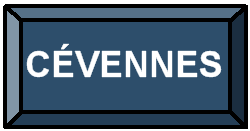 (modifié de Coste, Flore de la France 1937) :
(modifié de Coste, Flore de la France 1937) :
Plante vivace de 20-50 cm, glabre, à tubercules subglobuleux.
Écologie : (répartition d'après la flore) Lieu herbeux ou boisés, dans toute la France et en Corse.
Répartition hors de France : Europe centrale et méridionale; Afrique septrionale.
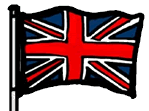 (modified from Butcher, British Flora 1961):
(modified from Butcher, British Flora 1961):
NOTE: the French text is more complete and up-to-date
A rather small perennial with a single, flowering scape 15-45 cm high, growing from one solid and one withered, roundly ovoid, tuber.
Ecology UK: (distribution according to flora) It grows in pastures and woods on basic soils, widespread northwards to the Clyde and Forth and in Ireland. [Numbers fairly stable, as opportunistic, adaptable and withstands trampling and shade. Has expanded to North and West of Britain]
France:
Distribution outside France: ?
Fleurs : 3-10, en épi long et lâche; divisions extérieures roses ou blanches, ovales-oblongues, étalées, les 2 intérieures courtes, lancéolées subtriangulaires, rose verdâtre, veloutées ; labelle plus court que les divisions extérieures, suborbiculaire, brun pourpre velouté, marqué d'une tache et de lignes glabres, trilobé à la base, les 2 lobes latéraux verticaux et coniques, le moyen grand, subglobuleux, trilobé au sommet, à appendice replié en dessous ; gynostème à bec long et flexueux
Floraison France : Avril-juillet.
Flowers: 30 mm long, 25 mm wide, about 3-5 in a lax, elongated raceme, subtended by lanceolate, leafy bracts as long as flower; outer perianth segments broadly ovate, pink, inner linear, much smaller than the outer, pinkish-green; lip 12-15 mm long, strongly convex, tumid and yellow-brown, resembling a humble bee with 3 small, triangular, lateral lobes and a yellow, recurved terminal one. Anther point narrow, hooked.
Flowering UK: Mid May-late June.
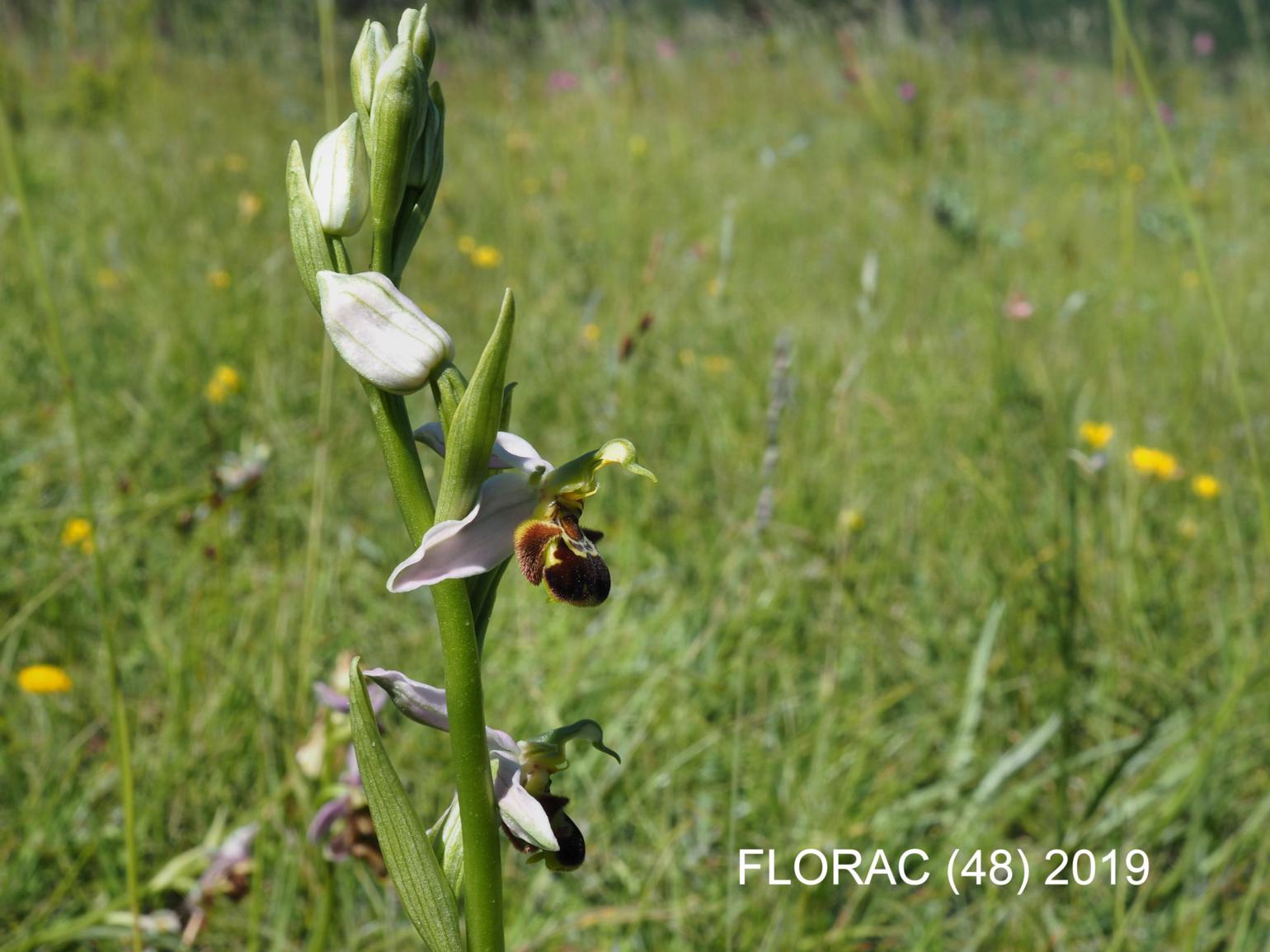
 Orchid, Bee
Orchid, Bee
 Ophrys abeille
Ophrys abeille
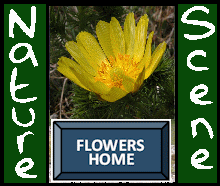


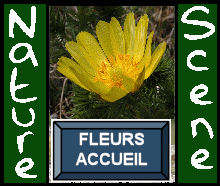
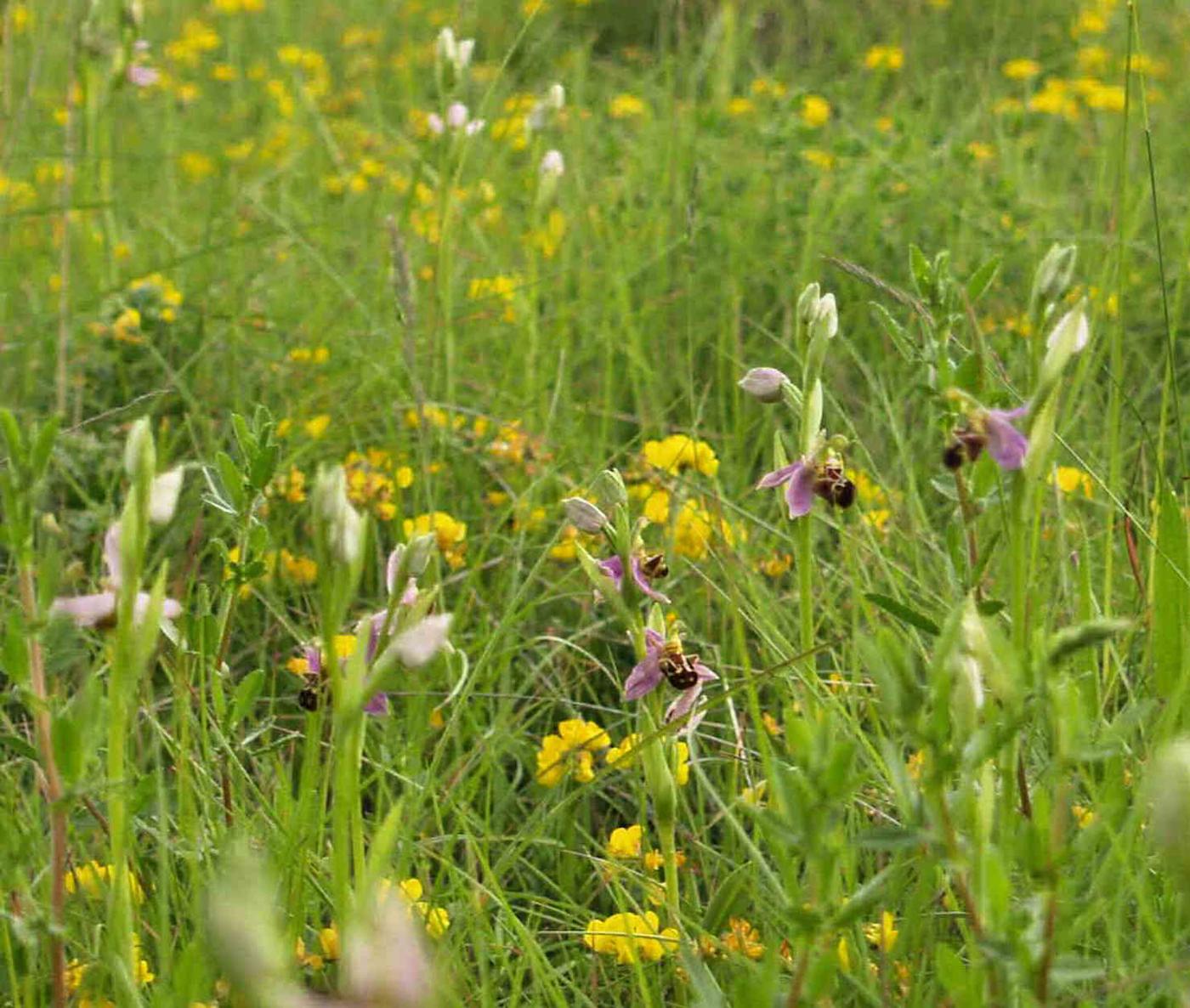
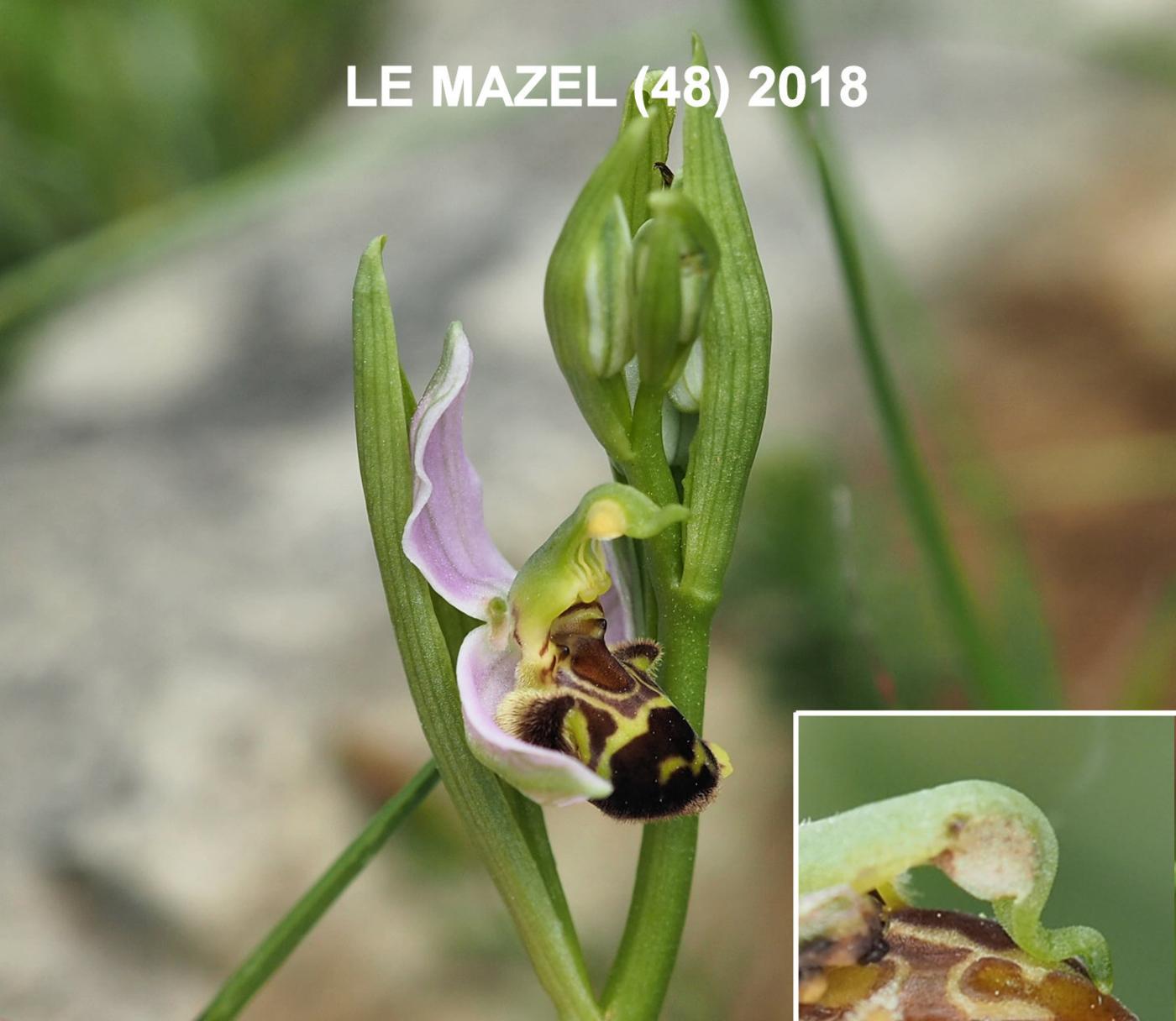

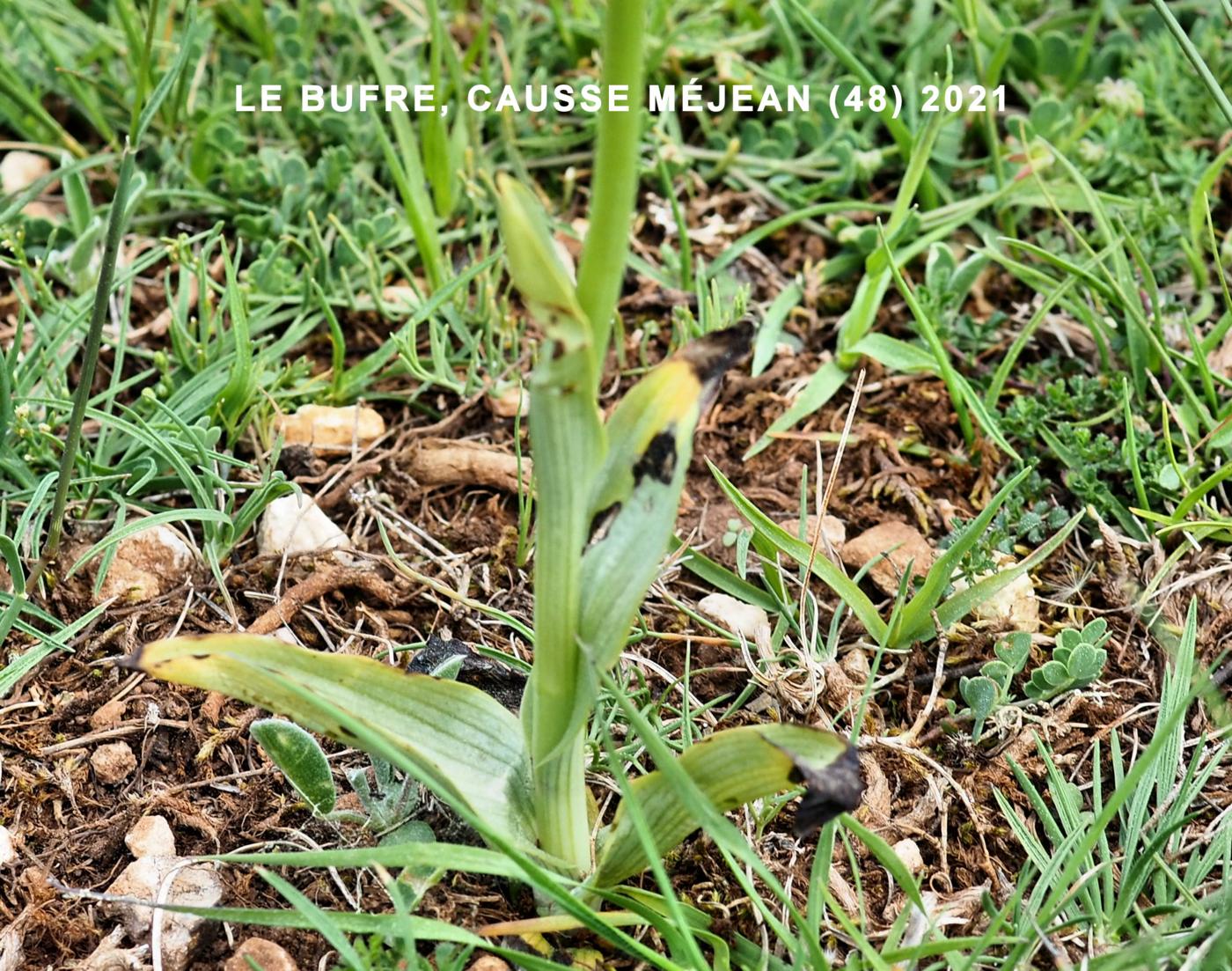
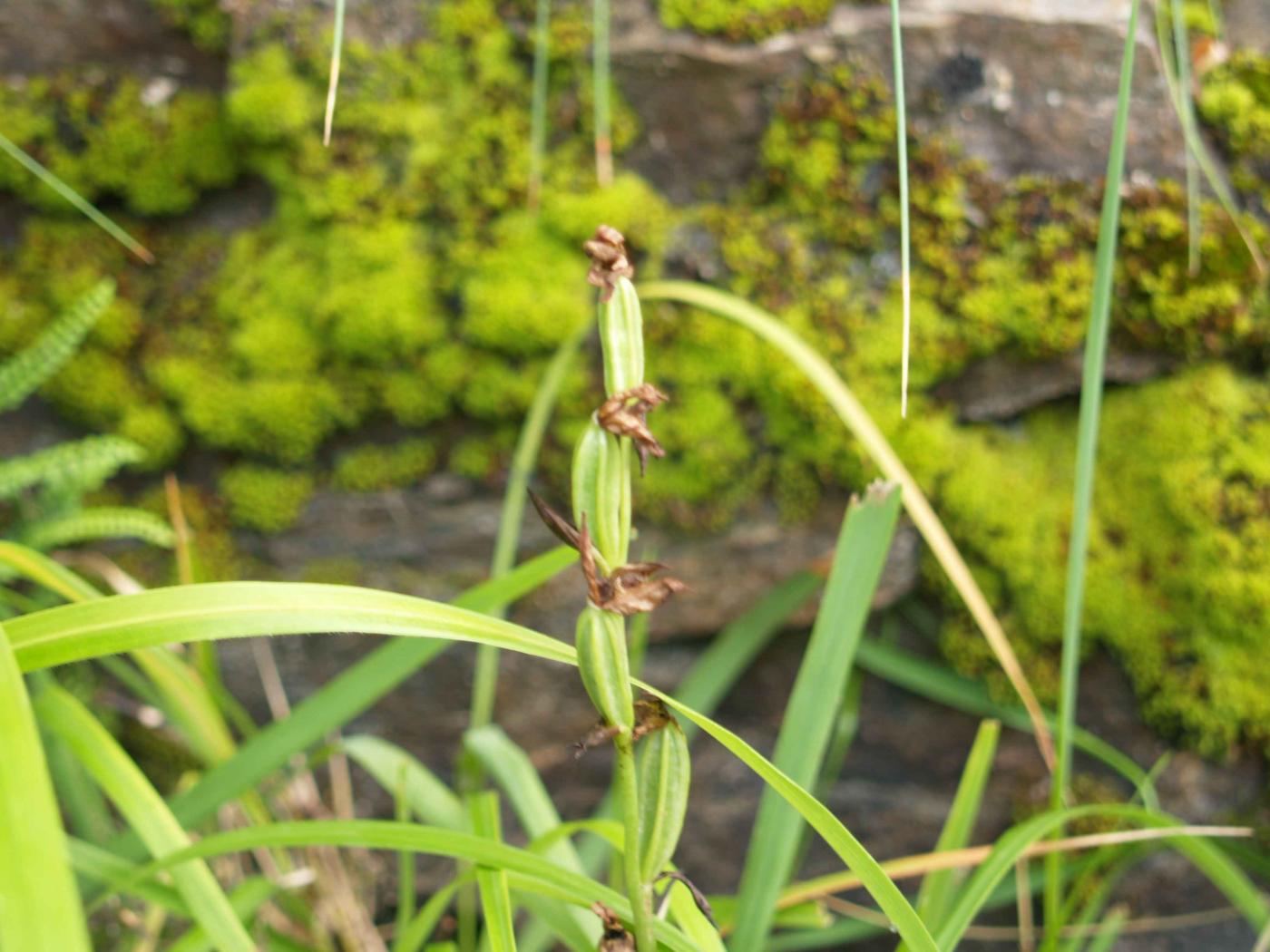
 Please
consider
Please
consider 










